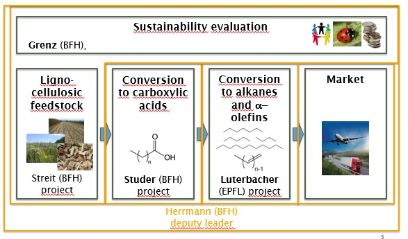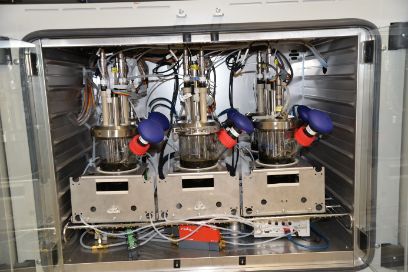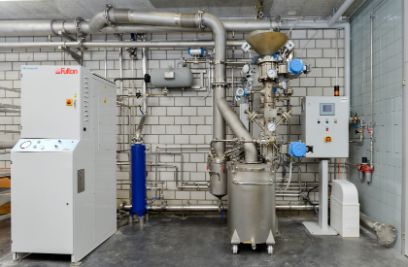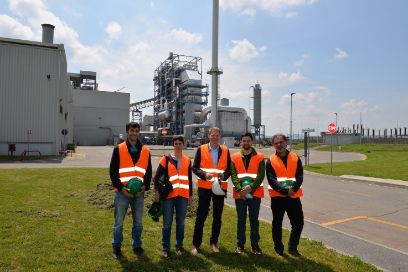The scope of research pursued by the Laboratory for Bioenergy and Biochemicals is aimed at developing biotechnological processes for converting lignocellulosic biomass into high-quality chemicals and fuels. Our two main focuses in this field are, firstly, biomass pretreatment technologies and, secondly, consolidated bioprocessing based on a consortium of micro-organisms for direct conversion of lignocellulosic biomass into chemicals.
Pretreatment of biomass
Efficient biochemical conversion of lignocellulose into chemicals requires that the biomass feedstock be pretreated to break down the bonding of the polymer structures in the biomass. Pretreatment is needed to enable enzymes to access the cellulose. We focus on the steam explosion process as a pretreatment method, a technology being applied today in the first industrial-scale cellulose-to-ethanol plants. We investigate such challenges as how best to optimise pretreatment, fraction biomass into its individual constituent components, and continuously feed abrasive biomass to the high-pressure reactor.
Consolidated bioprocessing
The term ‘consolidated bioprocessing’ is generally understood today to mean the use of genetically modified ‘super bugs’ capable of producing cellulolytic enzymes while at the same time fermenting the sugars released to create a target product. We’ve developed in our laboratory a method of consolidated bioprocessing based on a microbial consortium. A special reactor was designed for this purpose that successfully creates local ecological niches allowing micro-organisms with differing abiotic requirements (concerning e.g. oxygen) to live together symbiotically.






